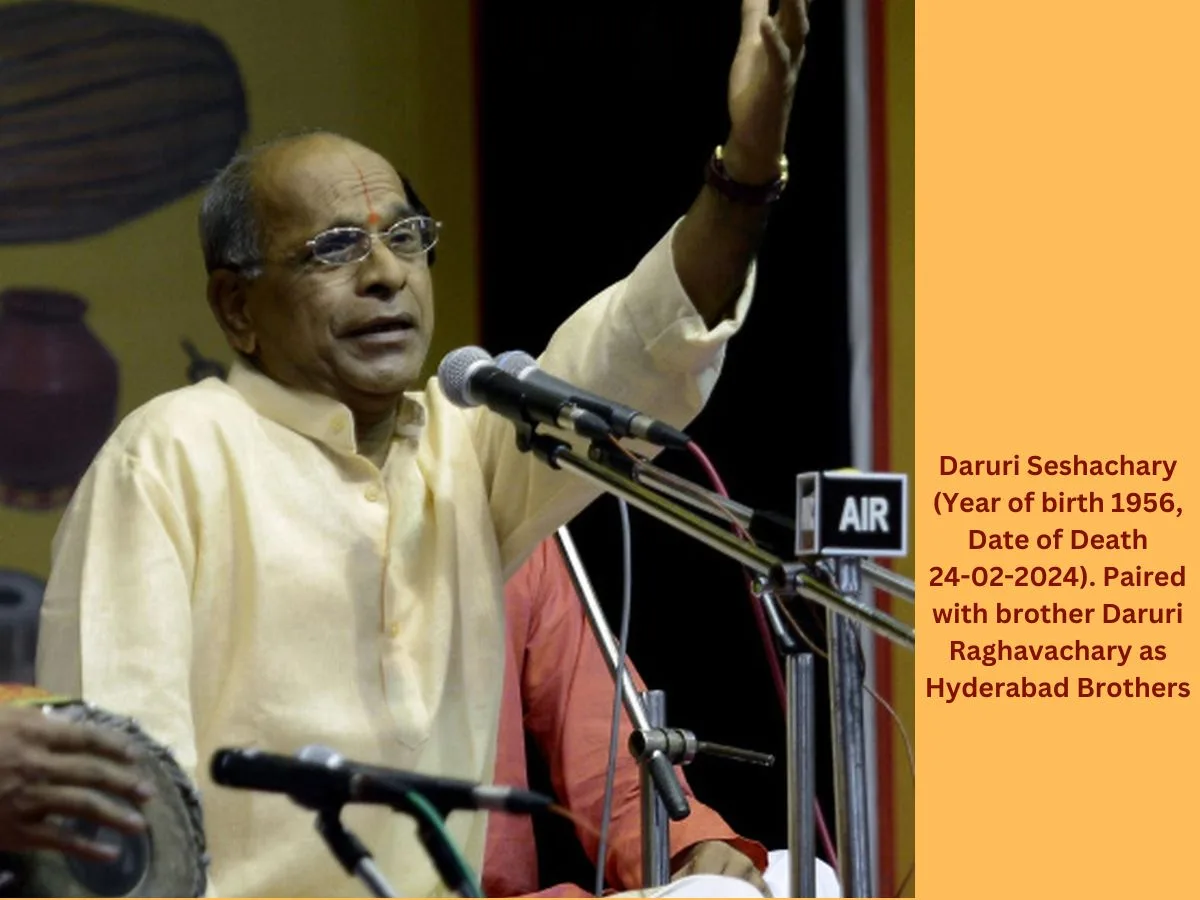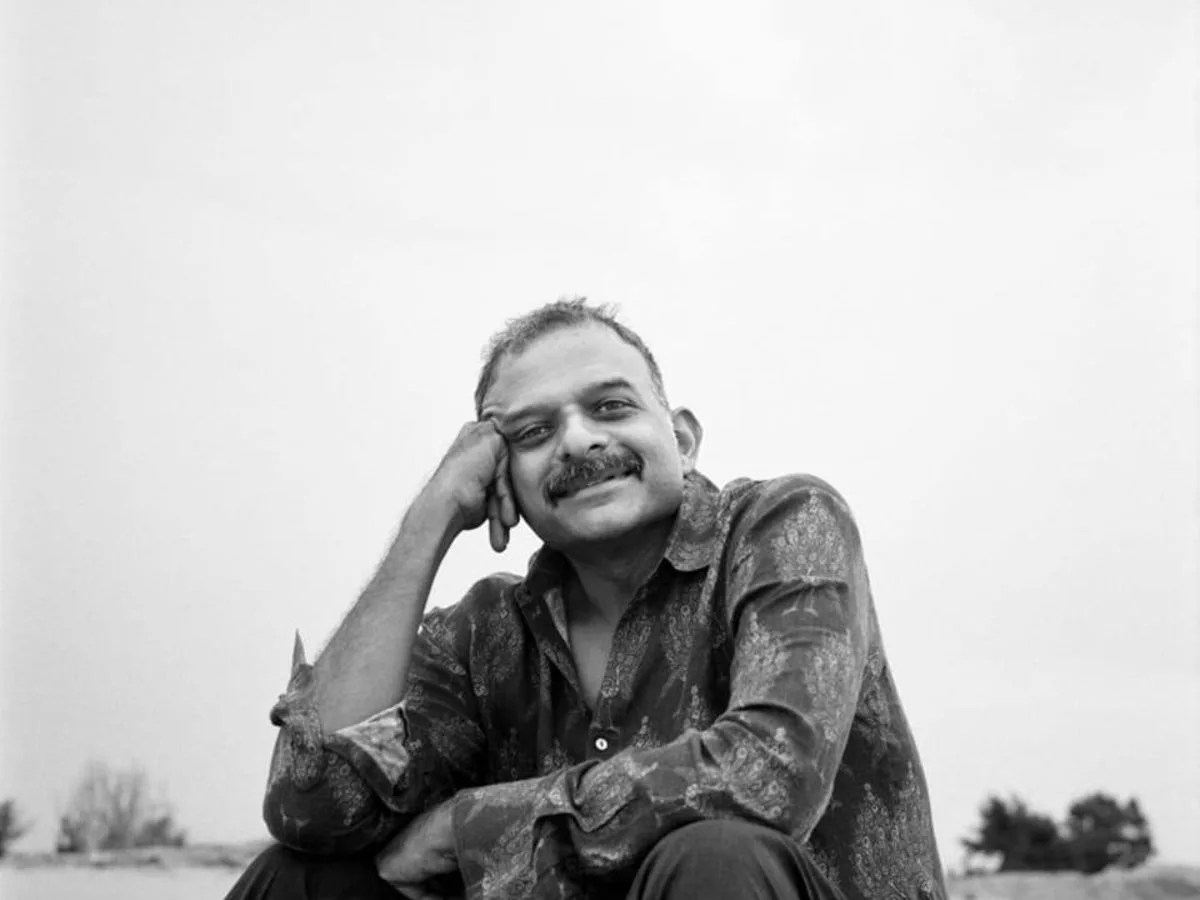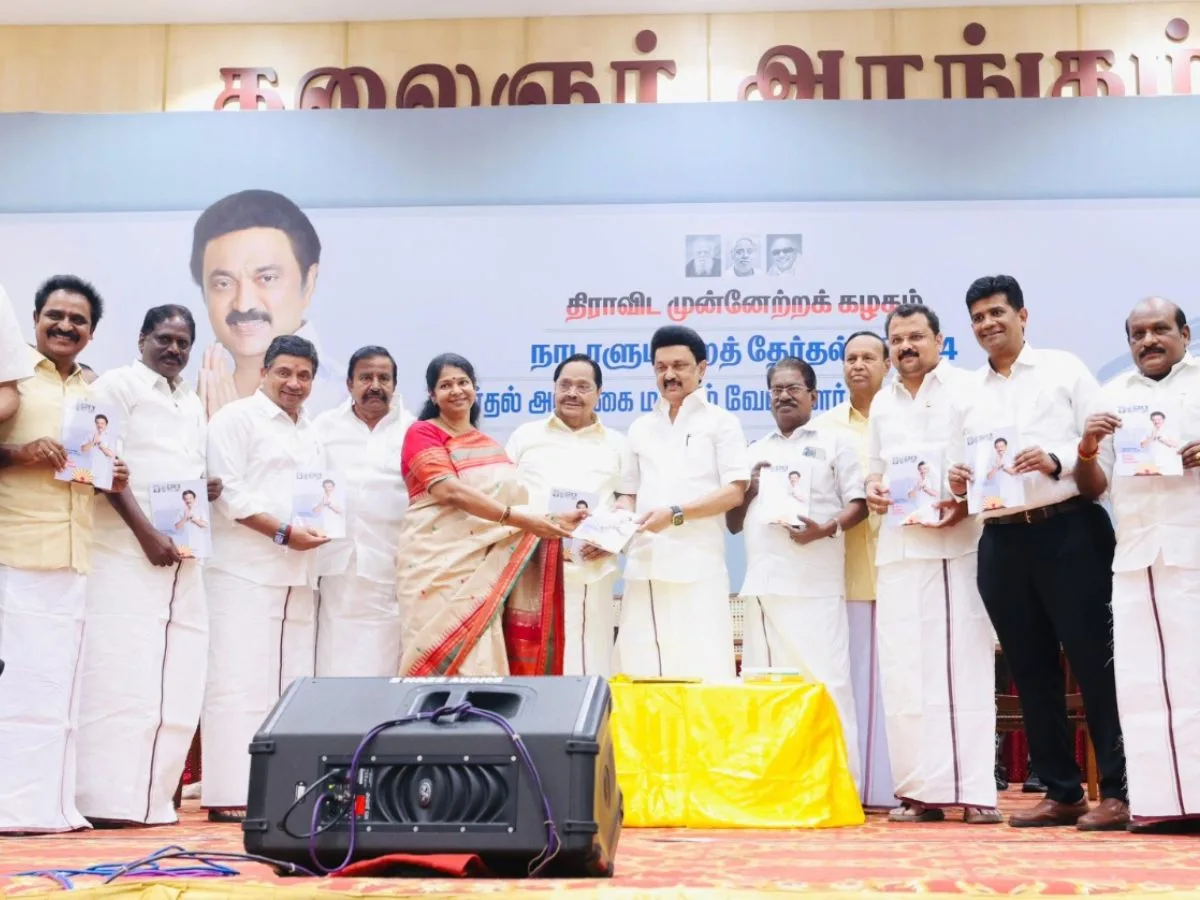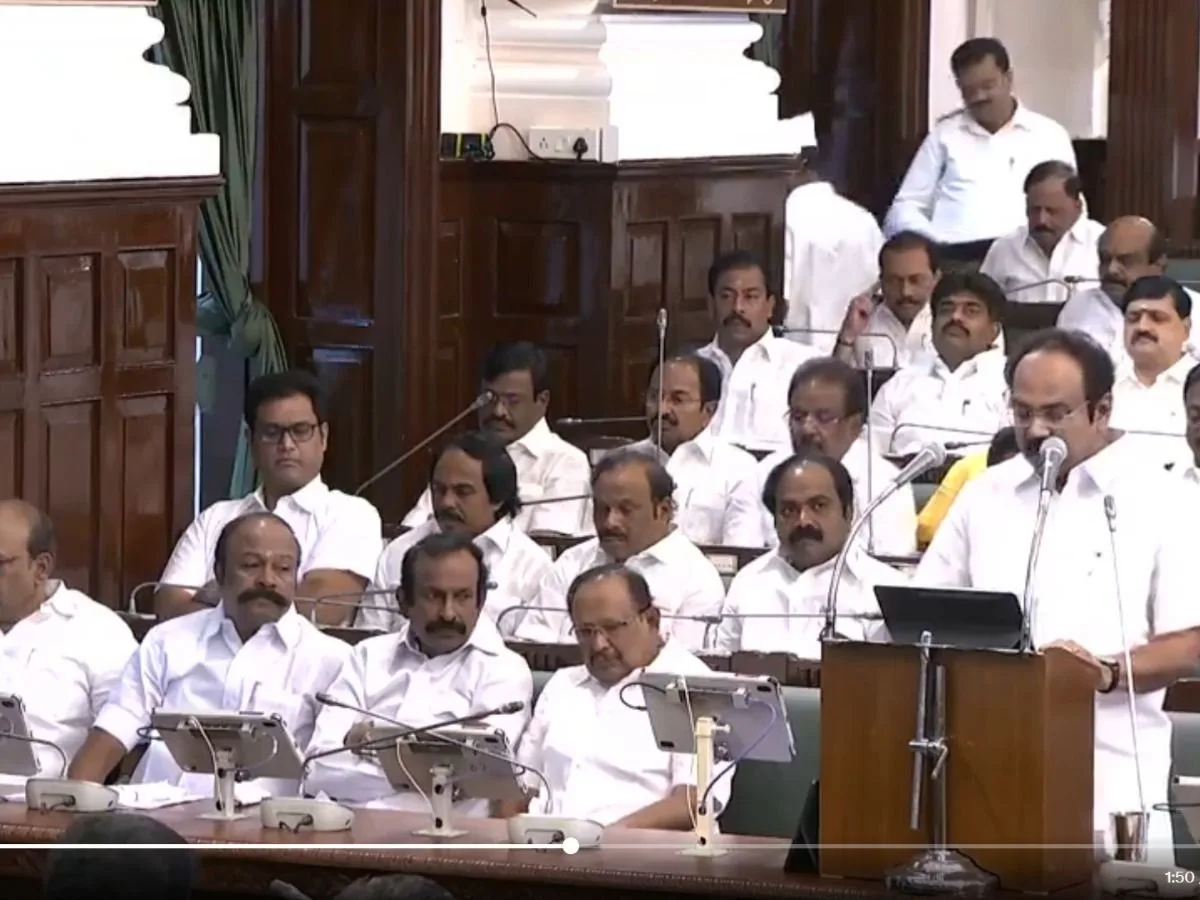Read in : தமிழ்
The second budget of Palanivel Thiyagarajan did not deliver the big bang reforms that were feared by some and eagerly expected by others but continued the Dravidian model that chief minister M K Stalin has talked about. A range of schemes in education, health, civic infrastructure, popularization of Tamil and research into Tamil civilization, and social welfare sought to intervene in favour of the underpriveleged sections of society and reinforce fundamental beliefs of the Dravidian model. The budget in Tamil Nadu follows a certain template, rather the Dravidian model, and this year’s budget did not deviate from that. Even the heads did not differ much.
In his White Paper released last year, the finance minister had flagged increasing debt, borrowing to pay for interest payments, growing revenue and fiscal deficits. In this budget, he attempted to show that those concerns were being addressed without compromising on the welfarism of Dravidian politics and governance.
PTR switched to English while speaking about the finances so the investor community could hear the numbers and feel reassured. In his introductory remarks, he said that the revenue deficit had come down by Rs 7,000 crores and the fiscal deficit had come down from 4.6% to 3.8% of the GSDP this year. In the year 2022-23, he has forecast big increases in revenue collection to pay for the Rs 9,000 increase in revenue expenditure and still bring down revenue deficit. For instance, the budget predicts Rs 15,000 crore (25%) increase in commercial taxes, and similar increases in motor vehicles taxes, excise revenue and so on.
In the year 2022-23, the budget projected the net public debt to be at Rs.90,116.52 crore. The total outstanding debt will be Rs.6,53,348.73 crore and the Debt-GSDP ratio will be 26.29% which is below the limits prescribed by the 15th Finance Commission, as per the budget speech.
For the year 2022-23, PTR has forecast big increases in revenue collection to pay for the Rs 9,000 increase in revenue expenditure and still bring down revenue deficit.
The White Paper showed that the total debt as per interim budget estimates by March 2022 would be Rs 4,85,502 which would be 26.69% of GSDP as per interim budget estimates. This means the debt to GSDP ratio will likely remain where it was when the AIADMK left office.
Tax to GDSP ratio, however, which had declined to 5.4% as per the White Paper will likely go up to 6.5% this year. The White Paper had flagged the declining Tax to GDSP ratio as a concern.
Participating in a panel discussion organized by inmathi.com, S Dharanidharan, executive coordinator of Dravidian Professionals Forum, said this was certainly a reversal from the trend of rising revenue deficits that had become a feature of the state budget. He added there was a return to financial discipline while at the same time delivering on the promises made by the DMK.
Parsing the budget numbers, noted economist Venkatesh Athreya said that paragraph 165 of the budget speech records Rs 2,000 crore reduction in revenue expenditure. Para 166 shows a shortfall of Rs 5000 crores in state’s own tax revenue. Para 167 notes an increase of a little over Rs 6,000 crore in share of central revenues including, as noted in 168, arrears. Para 169 notes a shortfall in non tax revenue of a little over Rs 2,000 crores. In the net, revenue deficit has decreased by Rs 3,420 crores, he said.
The finance minister also indicated capital expenditure was reduced for 2021-22 due to the continuing pandemic. Put together, this likely indicates a certain balancing of the books in current year due to unexpected and unforecast moneys coming into the state government’s accounts such as more share of central taxes accruing to the state.
For 2022-23, the finance minister is projecting that the fiscal deficit will come under control and fall below the mandated 3% by 2024-25. PTR had promised that there would be data-centric governance and reform of government services. This year’s budget promised an upgraded anti-corruption department.
A major initiative to fight corruption was the announcement that an e-procurement system will be made mandatory for all procurements by Government and public sector entities from 01.04.2023 onwards
A major announcement was that an e-procurement system will be made mandatory for all procurements by Government and
public sector entities from 01.04.2023 onwards. The government will bring necessary amendments to the Tamil Nadu Transparency in Tenders Rules for this purpose. At the panel discussion, anti-corruption activist of Arappor Iyakkam Jayaram Venkatesan said that the amendment would ensure that only e-procurement was followed while right now it is only a suggested model.

Arappor Iyakkam’s Jayaram Venkatesan said that a fair playing field and an open and transparent process will ensure that honest businessmen who want to bid for contracts will be encouraged to enter bids.
In an earlier interview to inmathi.com on the DMK’s record on fighting corruption, Venkatesan said that e-tendering had made a substantial difference in reducing corruption in tendering by cutting personal contacts between contractors and government officials. E-tender allows more competition and reduces tender amounts, leading to savings for the government. Transparency is assured and tender documents cannot be tinkered with easily.
Venkatesan said that a fair playing field and an open and transparent process will ensure that honest businessmen who want to bid for contracts will be encouraged to enter bids. He estimates that some 20% of total government expenses spent on procurement can be shaved just by ensuring the tender process allowed genuine competition.
B Chandrasekaran, public policy analyst and frequent contributor to inmathi.com, said that while the e-procurement process was welcome it was only a beginning. Other states have followed similar strategies and lessons learned can be incorporated. Chandrasekaran was critical of the budget and the Dravidian model and said it laid too much stress on welfare rather than industrial growth and jobs. Dharanidharan countered that the reason Tamil Nadu grew after liberalization was that equity had been stressed in the past through welfarism.
Read in : தமிழ்











